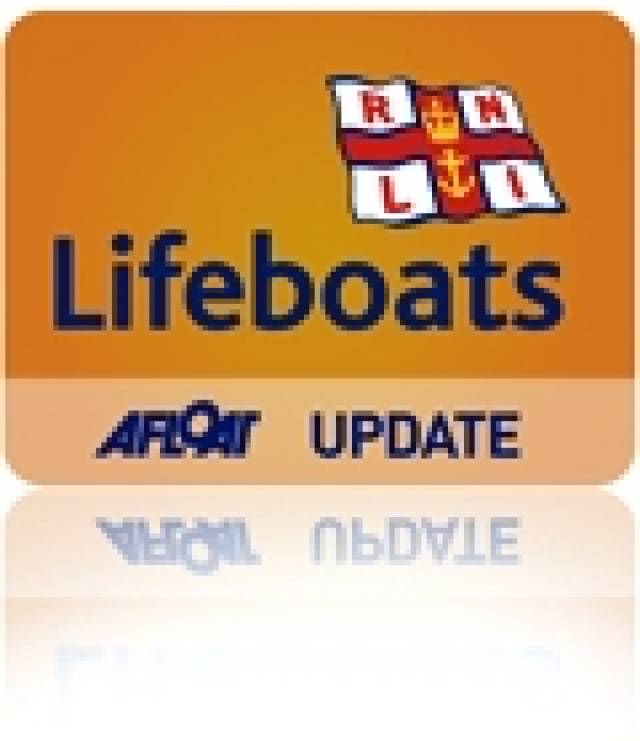#RNLI - Clifden RNLI certainly had a busy weekend, but more recently in Galway a 19-year-old man was rescued from an island off Silver Strand yesterday evening (Wednesday 22 April) after he was stranded by the rising tide.
A kayaker spotted the teenager in distress in an area called Grey Rock, east of Silver Strand near Barna at approximately 7.45pm, and contacted the emergency services.
Volunteers from Galway RNLI launched their inshore lifeboat from Galway Docks at 8.01pm and arrived at the area within nine minutes.
Two members of the lifeboat crew made their way onto the island and tended to the young man. They were joined in the rescue operation by Galway Garda and members of the Irish Coast Guard from Rosaveel.
The coastguard vessel took the young man and a Garda onboard and transferred them both onto the RNLI lifeboat which ferried them to Galway Docks.
- The casualty was medically examined by a lifeboat crew member at the lifeboat station at about 9.30pm. He was then transferred by ambulance to University Hospital Galway.
The lifeboat crew on this call out were helm Dara Oliver, Kieran Tolan, Daniel King and Alice Miller, and two shore crew, Olivia Byrne and Sean King. Two gardaí and five coastguard crew were also at the shore.
Elsewhere, the Lough Ree RNLI lifeboat crew received their first callout of 2015 on Saturday 18 April after a 37-foot hire cruiser ran aground on Wood Shoal, near Lecarrow.
The cruiser, which went astray of the navigation channel in mild conditions and failing light, contacted the coastguard, who then requested Lough Ree RNLI to launch at 9.22pm.
The Eric Rowse lifeboat was launched at 9.28pm and reached the grounded vessel in 20 minutes. After checking that the seven crew on board were safe and well, the boat was checked for hull damage and then towed off the rocks.
The vessel was not holed but the rudder was damaged, making steering impossible. The lifeboat crew towed the cruiser to safe moorings in Lecarrow before returning to the station.































































